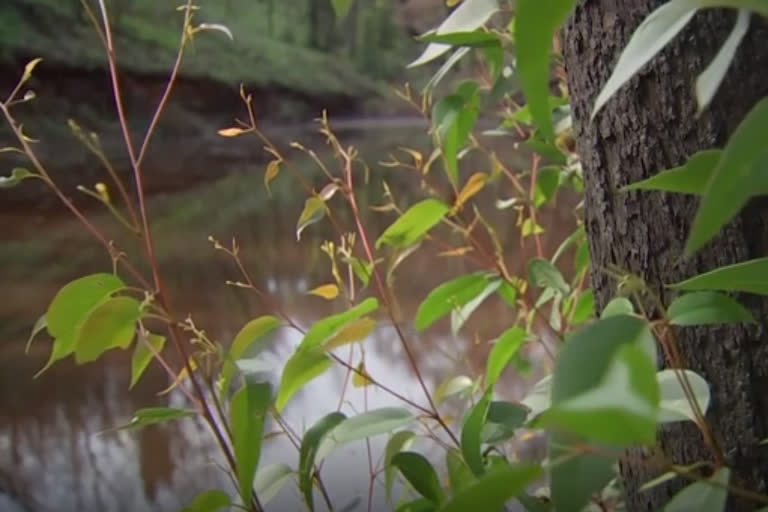Adelaide Hills: A green tinge is returning to parts of the Adelaide Hills, devastated by bushfires late last year.
The scars of December's Cudlee Creek bushfire are still obvious across Joan Gibbs's property.
But this bushfire ecologist is on a mission to heal the scorched earth from the ground up.
With a team of volunteers, Gibbs is sowing new grass seeds. Her technique is innovative, using charcoal from the fires as fertiliser.
"Biochar is black gold for restoration," she says. And an oatmeal sludge to stick the seeds to the soil.
"97 per cent of the biodiversity on earth is in the top ten centimetres of the soil, and if we ignore the soil, we don't get the whole system functioning," says Gibbs.
Planting native grasses are key but growing them isn't so simple. "It's very expensive, it's very hard to obtain seed, and you don't always get the result," says Gibbs.
Read more: Monuments recall sacrifices made during World War Two
There's hope the techniques used to re-grow this hillside can be employed on a much larger scale, eventually regenerating the entire property.
Another ecologist says he's figured out how to plant native grasses on a large-scale. Andrew Fairney created some native grassland after a fire destroyed a pine forest.
"As soon as the soil was removed, we direct seeded the site, and then within twelve months, we had the complete cover of native grassland," says Fairney.
Fairney says the Adelaide Hills has lost 99 per cent of their natural grasslands, which has increased the risk of fire.
"So, the native grasses actually evolved, and the ecosystem evolved with fire, but now because we've stopped the fire, and the ecosystem has changed, it has now a very high fuel load," says Fairney.
"So that when a fire does come through, it ends up being catastrophic."
Gibbs is preparing her property for the next blaze with helping hands. A true grassroots effort.
Also read: World marks 6th International Yoga Day despite COVID-19 curbs
(With inputs from AP)



